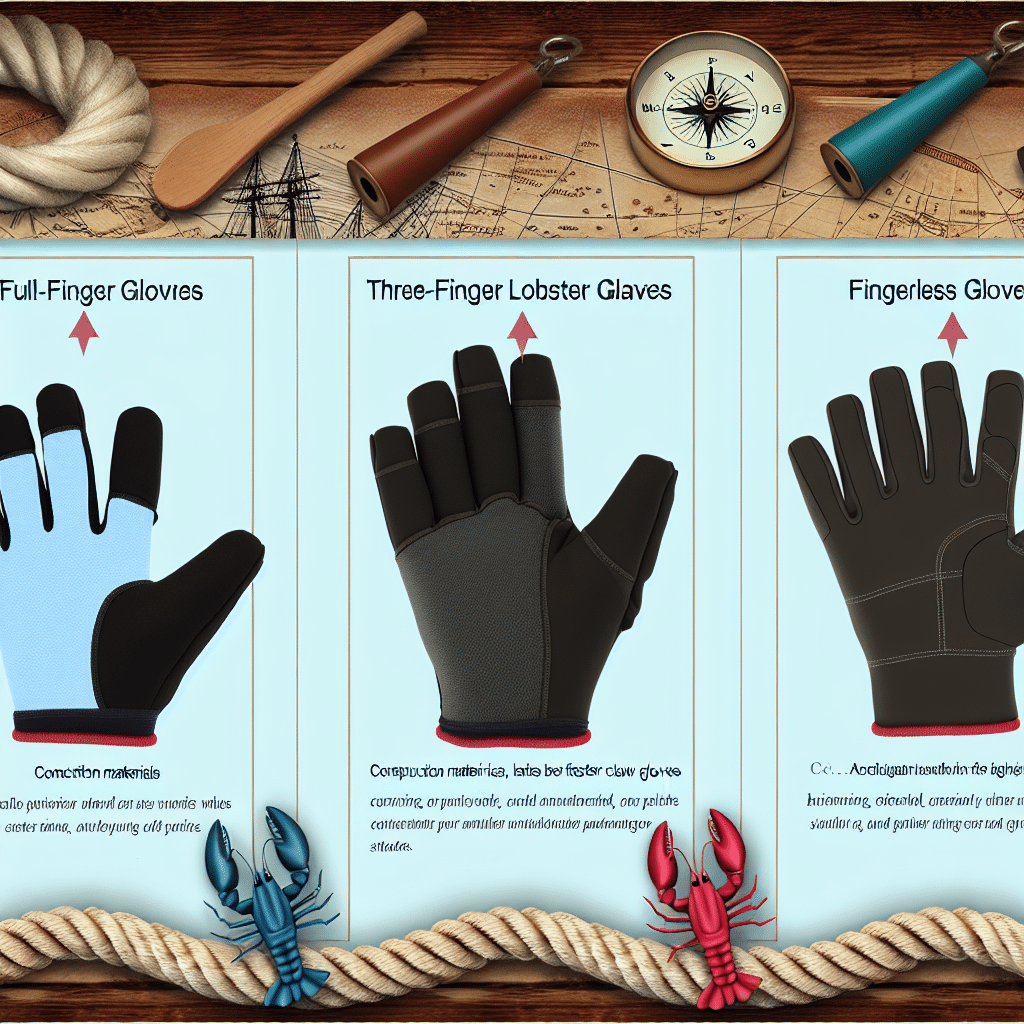Sailing is a timeless adventure, dating back centuries, but as any seasoned sailor will tell you, preparation is key. Among the plethora of gear you need, sailing gloves sit at the top of the list, brimming with importance for both safety and comfort. Are they really necessary, though? Let’s navigate through their significance, features, and types to find out.
Why Are Sailing Gloves So Important?
The primary function of sailing gloves is to provide protection and enhance grip. When you’re out on the water, handling ropes, lines, and other equipment can be tough on your hands. Constant friction can lead to blisters, cuts, and even more severe injuries. Sailing gloves protect your hands from these hazards, ensuring that you can focus on navigating the waters rather than nursing a sore hand.
Protection from the Elements
The sun, wind, and saltwater can wreak havoc on your skin. Sailing gloves act as a barrier against UV rays, reducing the risk of sunburns. Wind and saltwater can dry out your hands, but the right pair of gloves will keep your skin moisturized and protected.
Improved Grip
A secure grip is crucial while sailing. Gloves made from high-quality materials offer excellent traction, reducing the chances of lines slipping through your fingers. This is particularly important during maneuvers or in rough weather conditions, where a strong grip can make all the difference.
Types of Sailing Gloves: Which One Is Right for You?
There are several types of sailing gloves, each designed for specific conditions and preferences. Understanding the differences can help you choose the right pair for your needs.
Full-Finger Gloves
Full-finger gloves provide comprehensive protection, covering your entire hand and each finger. These are ideal for cold weather sailing, where exposure to low temperatures can lead to numbness and frostbite. Full-finger gloves are also great for activities that require additional protection, such as handling rough or abrasive lines.
Three-Finger Gloves
Three-finger gloves, also known as lobster claw gloves, cover the thumb and the first two fingers while leaving the ring and pinky fingers exposed. This design strikes a balance between protection and dexterity, making it easier to perform tasks that require finger precision, such as knot tying.
Fingerless Gloves
Fingerless gloves cover the palm and part of the fingers, leaving the fingertips exposed. These are perfect for warm weather sailing and activities that require a high degree of tactile feedback. They offer excellent grip and protection while allowing for maximum dexterity.
Key Features to Look for When Buying Sailing Gloves
Not all sailing gloves are created equal. Here are some essential features to consider when making your purchase:
Material
Sailing gloves are typically made from synthetic materials like neoprene, leather, or a combination of both. Neoprene gloves are flexible and waterproof, making them great for wet conditions. Leather gloves, on the other hand, offer excellent durability and grip but may require more maintenance.
Fit
A poorly fitting glove can be as detrimental as no glove at all. Make sure to choose a pair that fits snugly without being too tight. Look for gloves with adjustable straps or closures to ensure a secure fit.
Padding and Reinforcement
High-quality sailing gloves often come with padding in high-wear areas like the palm and fingers. This added cushioning can make a significant difference in comfort and durability. Reinforced stitching and materials ensure that your gloves can withstand the rigors of sailing.
Maintenance Tips for Prolonged Use
To get the most out of your sailing gloves, proper care and maintenance are essential.
Rinsing
After each use, rinse your gloves in fresh water to remove salt and debris. Saltwater can degrade the materials over time, so this simple step can extend the life of your gloves.
Drying
Always allow your gloves to air dry completely before storing them. Avoid direct sunlight and heat sources, as these can damage the materials. A cool, shaded area with good airflow is ideal for drying.
Storage
Store your gloves in a dry, cool place to prevent mold and mildew. If possible, keep them in a breathable bag or container to maintain their shape and condition.
The Bottom Line: Are Sailing Gloves Worth It?
Absolutely. While they might seem like a minor detail, sailing gloves are an indispensable part of your gear. They offer protection, improve grip, and enhance your overall sailing experience. By choosing the right pair and maintaining them properly, you’ll be ready to tackle any sailing adventure that comes your way.
So, set sail with confidence, knowing your hands are well protected. Happy sailing!




